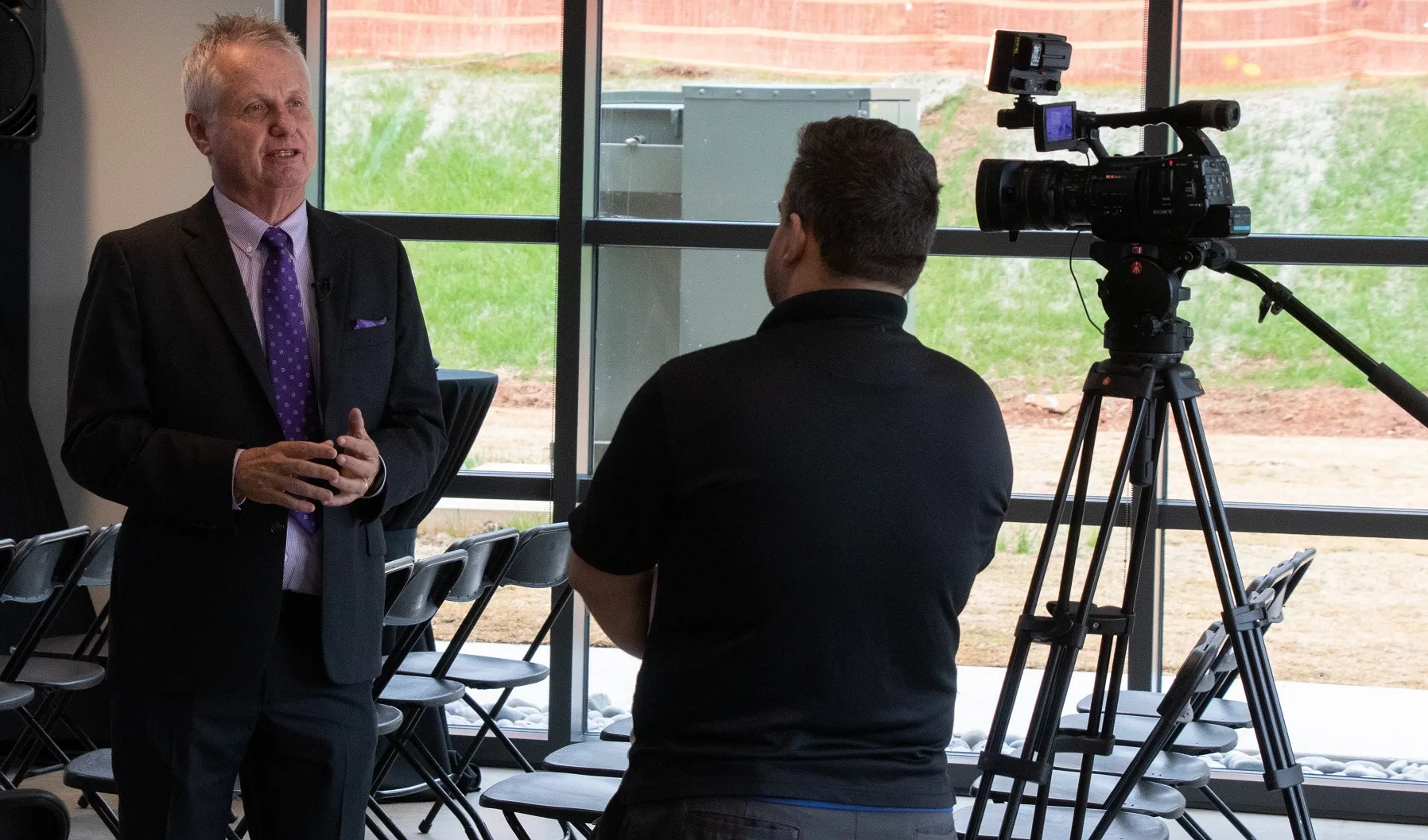As part of a wider Hertfordshire County Council strategy to ease congestion across the county, the council is installing variable message signs to provide live incident information, managed by a centralised control centre at County Hall. The centre opened in October last year at a cost of around US$600,000 and is operated by eighteen staff, who monitor the county’s road network. If an accident occurs, traffic signals can be adjusted and messages displayed in a bid to redirect traffic ease congestion. Mainte
March 13, 2013
Read time: 3 mins
As part of a wider Hertfordshire County Council strategy to ease congestion across the county, the council is installing variable message signs to provide live incident information, managed by a centralised control centre at County Hall.
The centre opened in October last year at a cost of around US$600,000 and is operated by eighteen staff, who monitor the county’s road network.
If an accident occurs, traffic signals can be adjusted and messages displayed in a bid to redirect traffic ease congestion. Maintenance crews can also be sent out to repair highway faults.
County councillor Stuart Pile says: “Many councils are realising that local authorities cannot build their way out of problems with congestion,” said Cllr Pile, the executive member for highways and transport. We started to look at forming a clear strategy to improve the management of traffic to give people confidence in the reliability of their journey. Without this strategy congestion is only going to get worse.
“It’s about having real-time traffic information while in the car or beforehand on your phone. We will be able to tell people before they set out if there’s a problem on a road they use or make people aware of where they can park before they get there. You can be told when your bus is going to arrive so you can don’t have to sit out in the cold waiting for twenty minutes.
“It sounds a lot of money but it’s about what we are saving in terms of disruption to the network and easing congestion,” he said. “It was always going to be difficult to measure the financial benefits of introducing intelligent transport systems. The biggest gains will probably come from managing repairs and scheme improvements to the road network in such a way as to make better use of staff and resources.”
CCTV cameras and journey time counters are used to monitor traffic flow but Derek Twigg, the county council’s assistant network manager, has said it is necessary. “We have CCTV installed for monitoring purposes but it’s not recorded and we don’t keep any of that data,” he said. “It is not about monitoring people, it is making sure people get where they need to go.”
A website collating traffic information across the county is expected to be rolled out in the summer.
The centre opened in October last year at a cost of around US$600,000 and is operated by eighteen staff, who monitor the county’s road network.
If an accident occurs, traffic signals can be adjusted and messages displayed in a bid to redirect traffic ease congestion. Maintenance crews can also be sent out to repair highway faults.
County councillor Stuart Pile says: “Many councils are realising that local authorities cannot build their way out of problems with congestion,” said Cllr Pile, the executive member for highways and transport. We started to look at forming a clear strategy to improve the management of traffic to give people confidence in the reliability of their journey. Without this strategy congestion is only going to get worse.
“It’s about having real-time traffic information while in the car or beforehand on your phone. We will be able to tell people before they set out if there’s a problem on a road they use or make people aware of where they can park before they get there. You can be told when your bus is going to arrive so you can don’t have to sit out in the cold waiting for twenty minutes.
“It sounds a lot of money but it’s about what we are saving in terms of disruption to the network and easing congestion,” he said. “It was always going to be difficult to measure the financial benefits of introducing intelligent transport systems. The biggest gains will probably come from managing repairs and scheme improvements to the road network in such a way as to make better use of staff and resources.”
CCTV cameras and journey time counters are used to monitor traffic flow but Derek Twigg, the county council’s assistant network manager, has said it is necessary. “We have CCTV installed for monitoring purposes but it’s not recorded and we don’t keep any of that data,” he said. “It is not about monitoring people, it is making sure people get where they need to go.”
A website collating traffic information across the county is expected to be rolled out in the summer.










